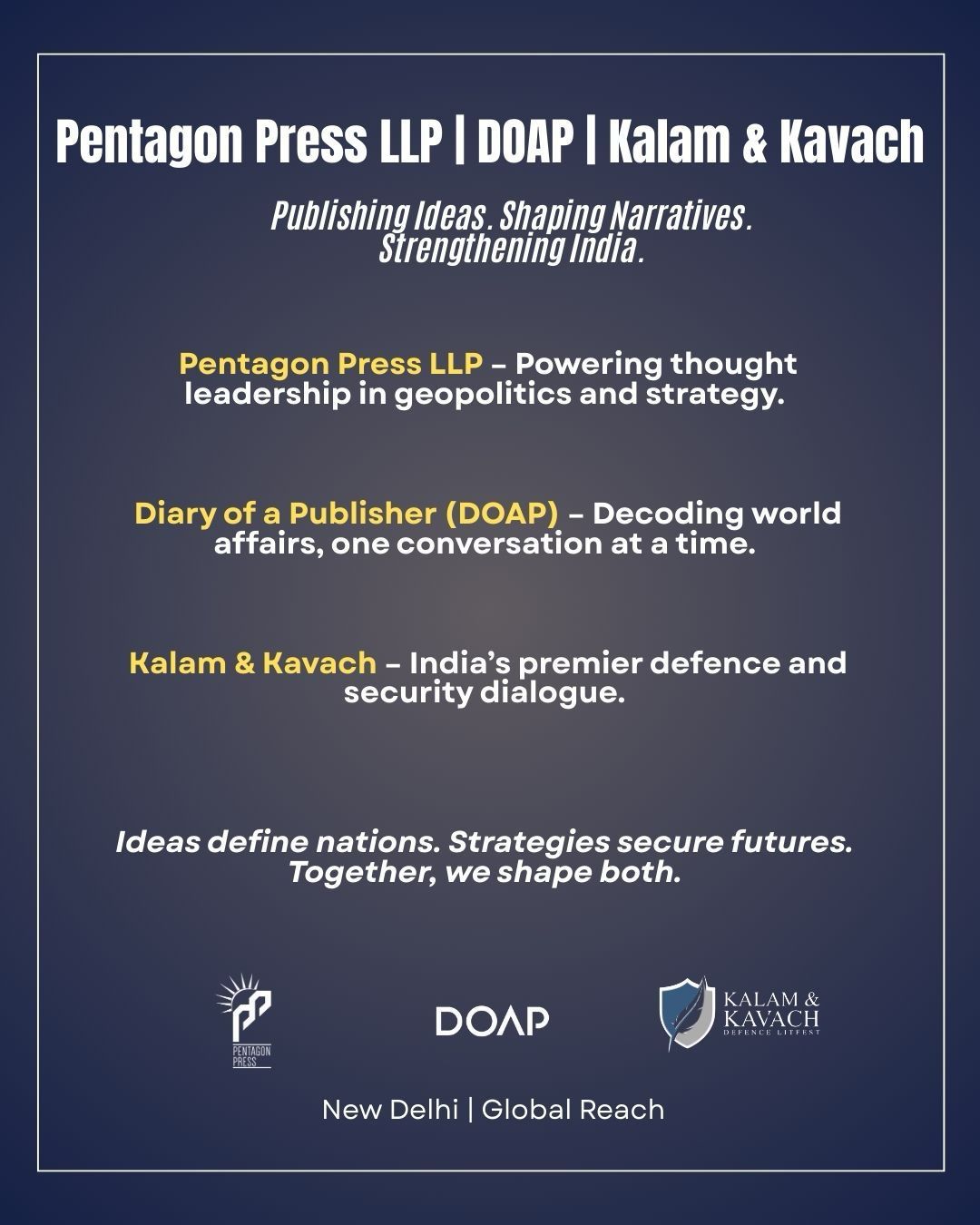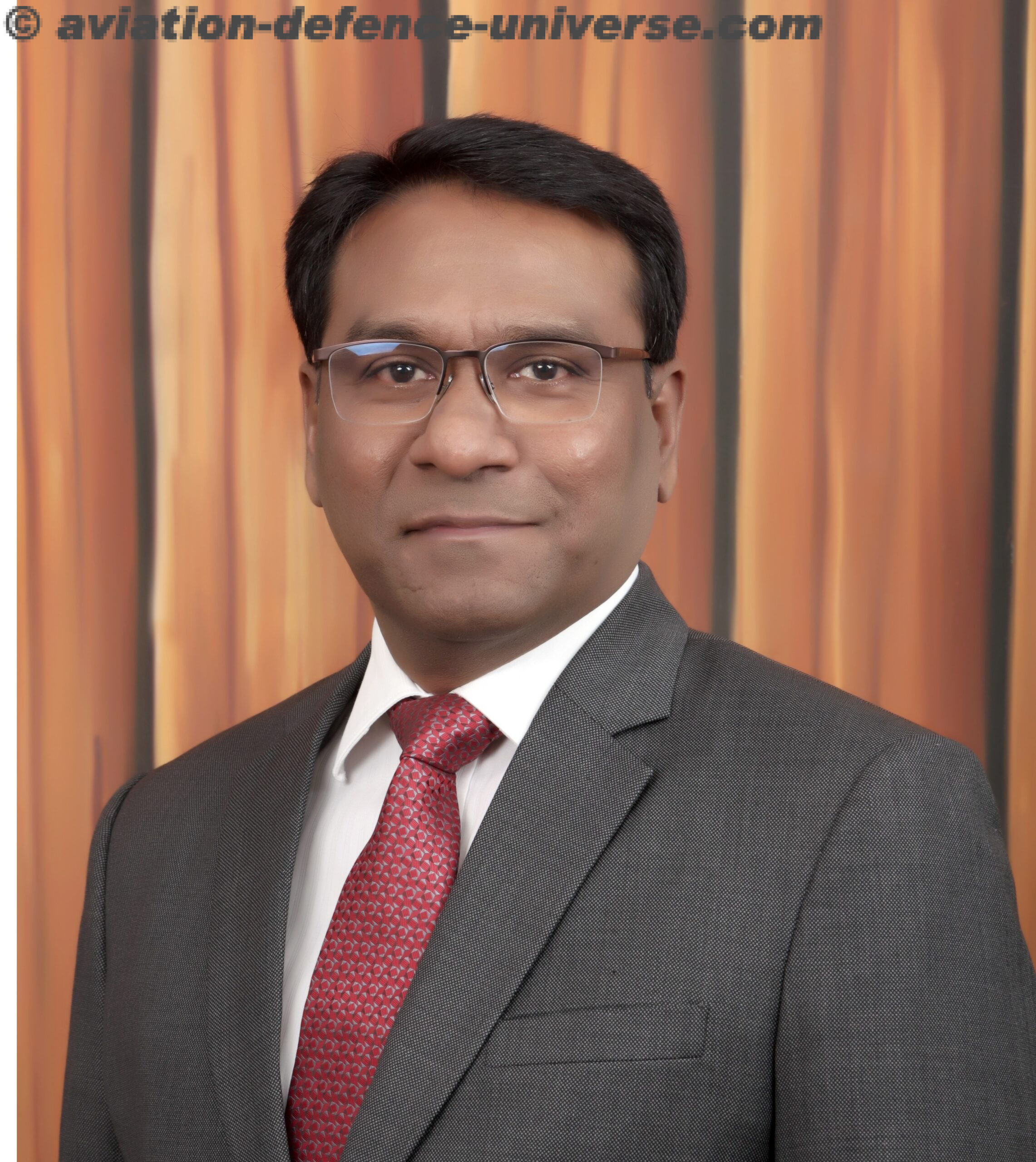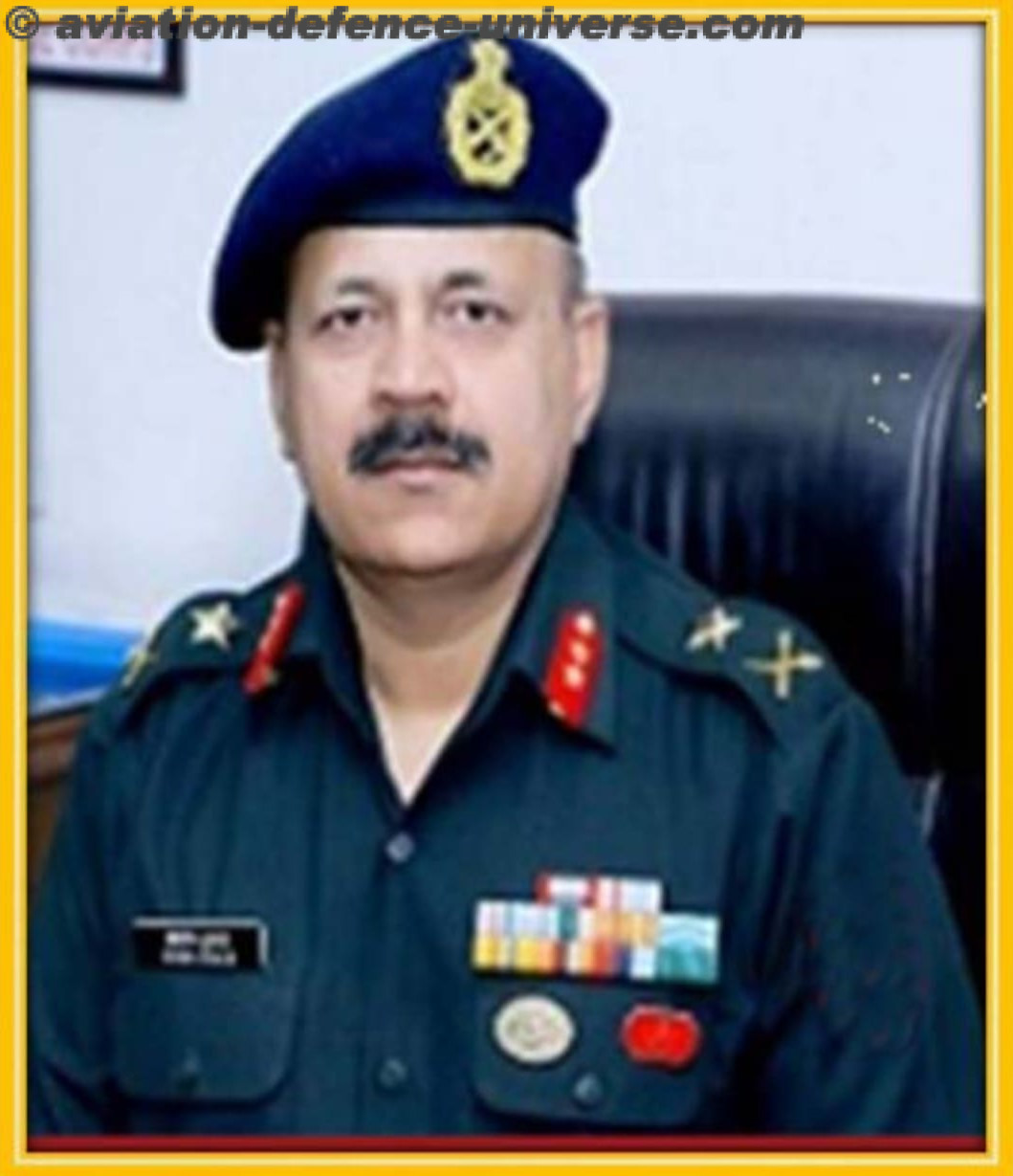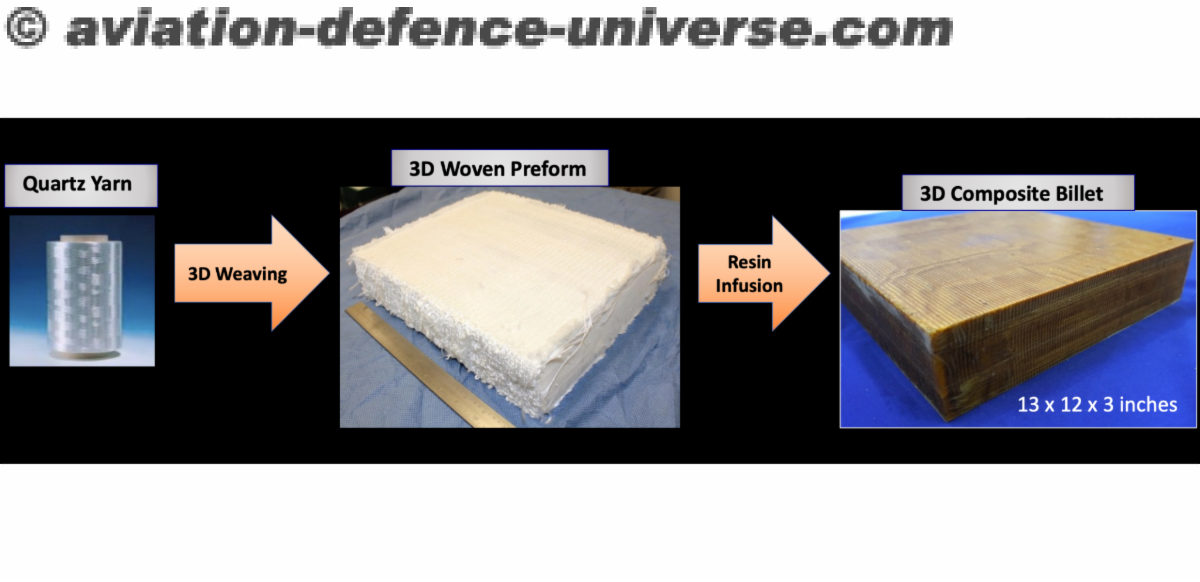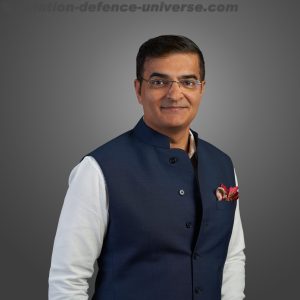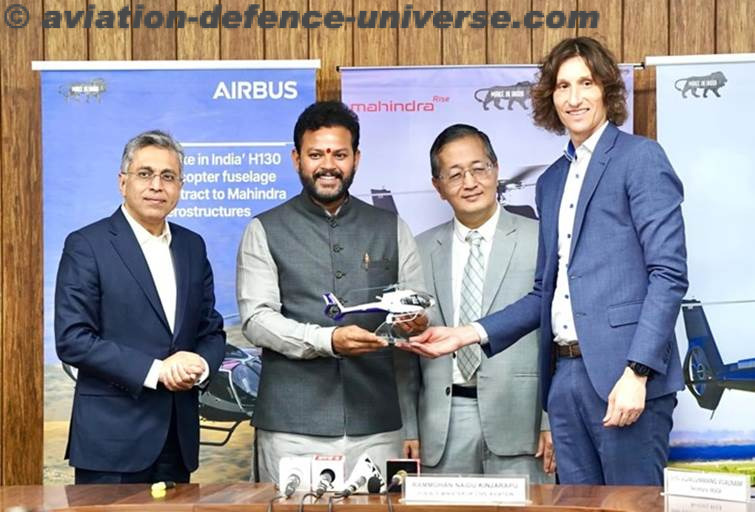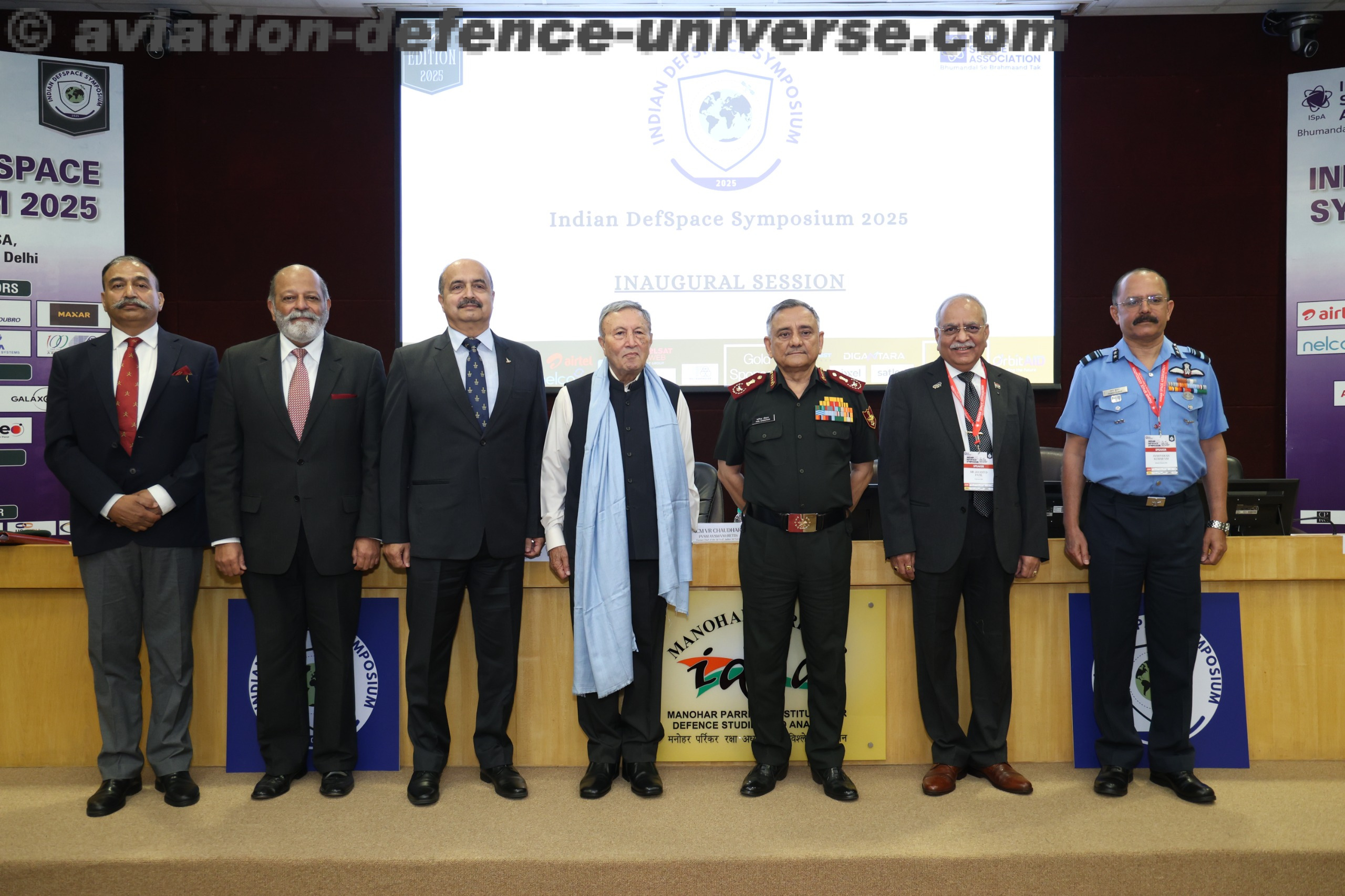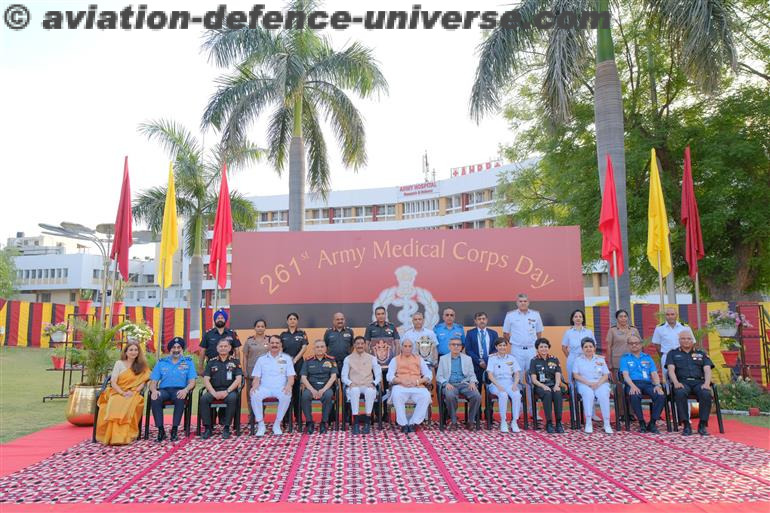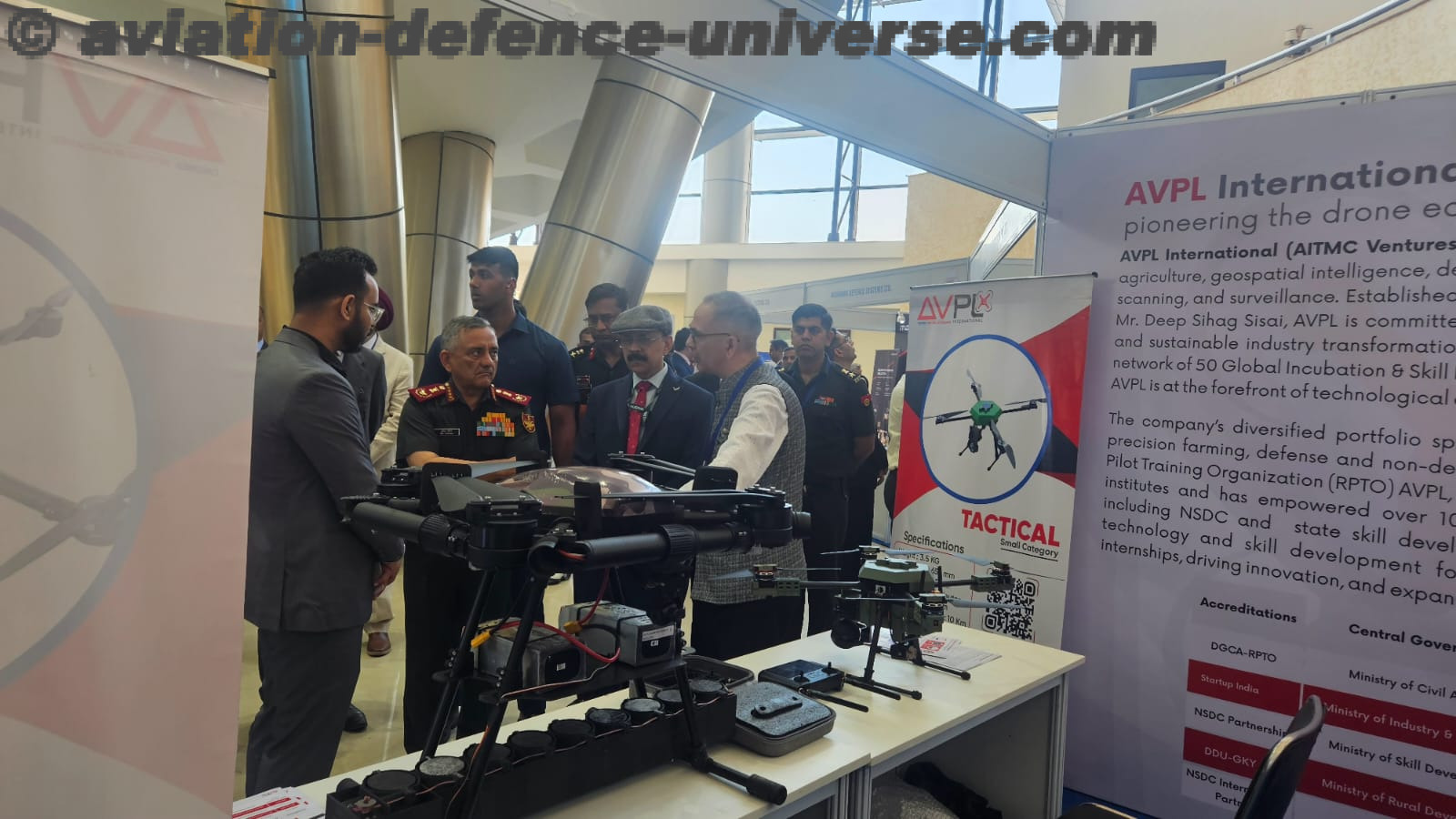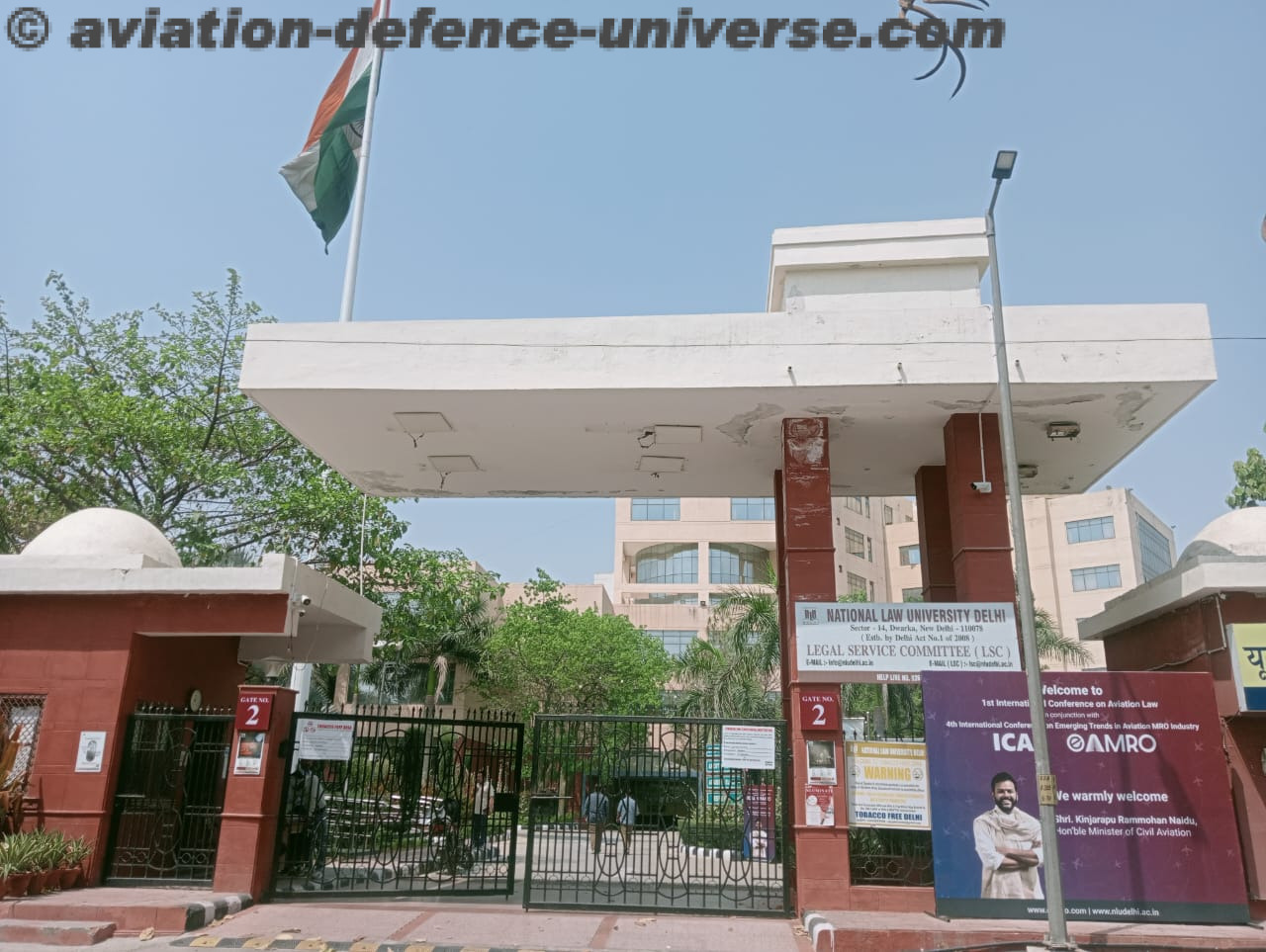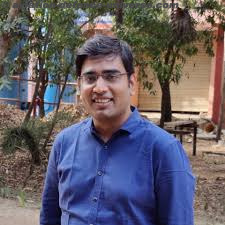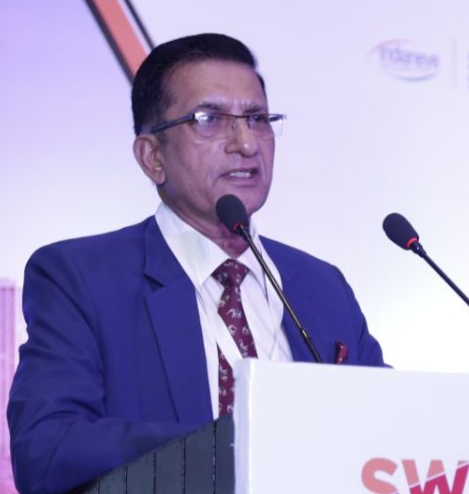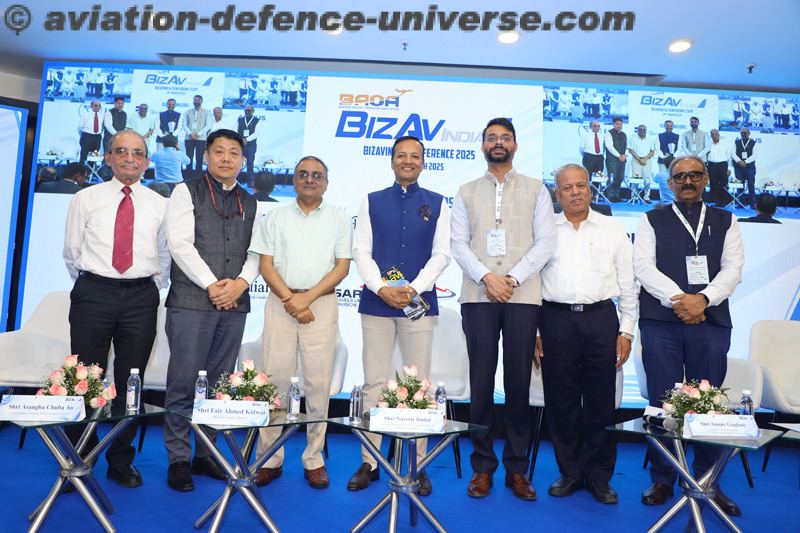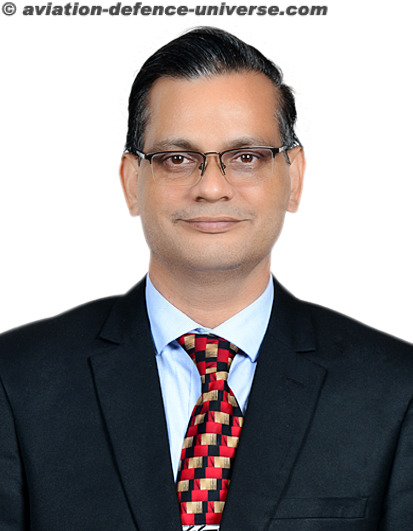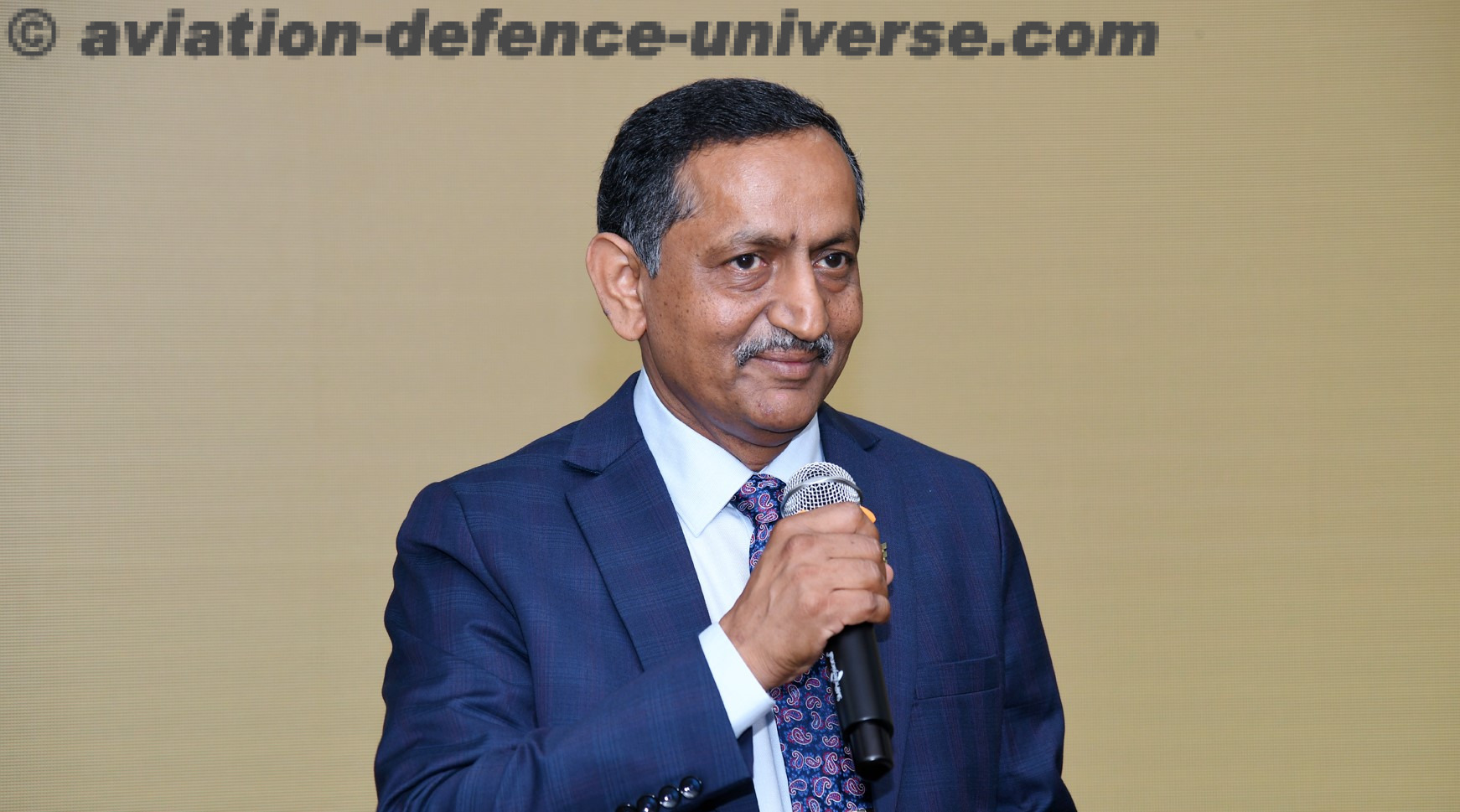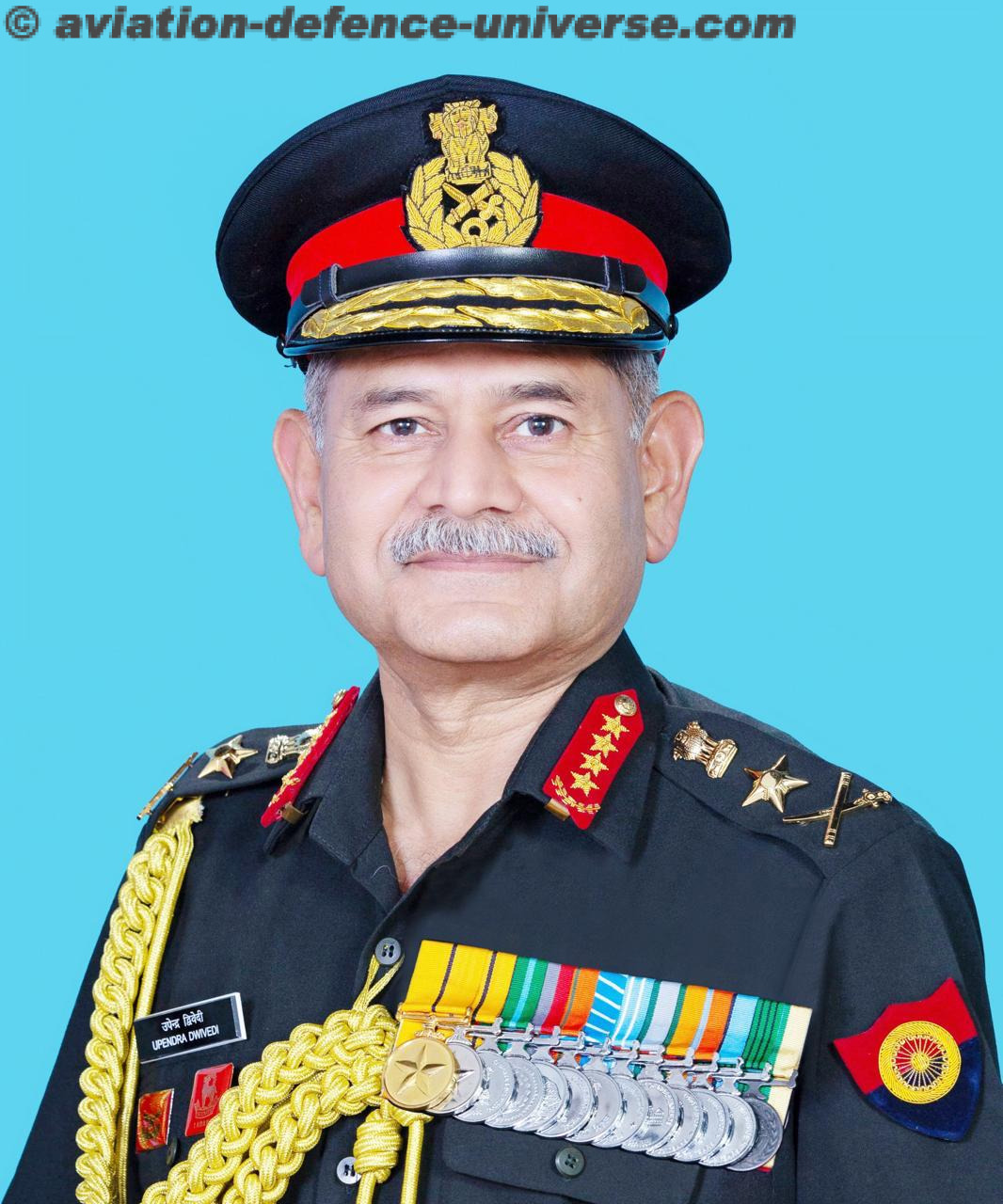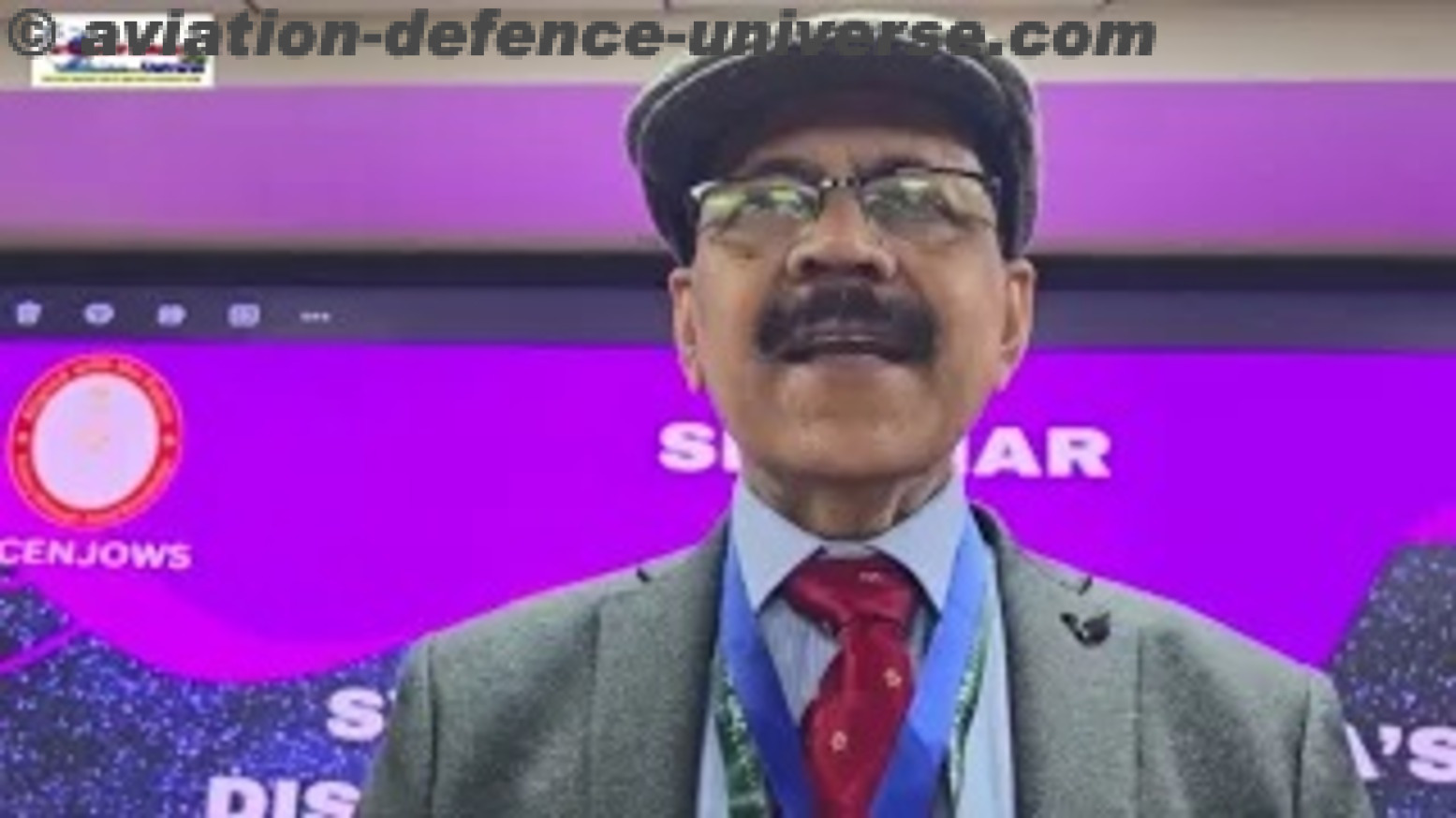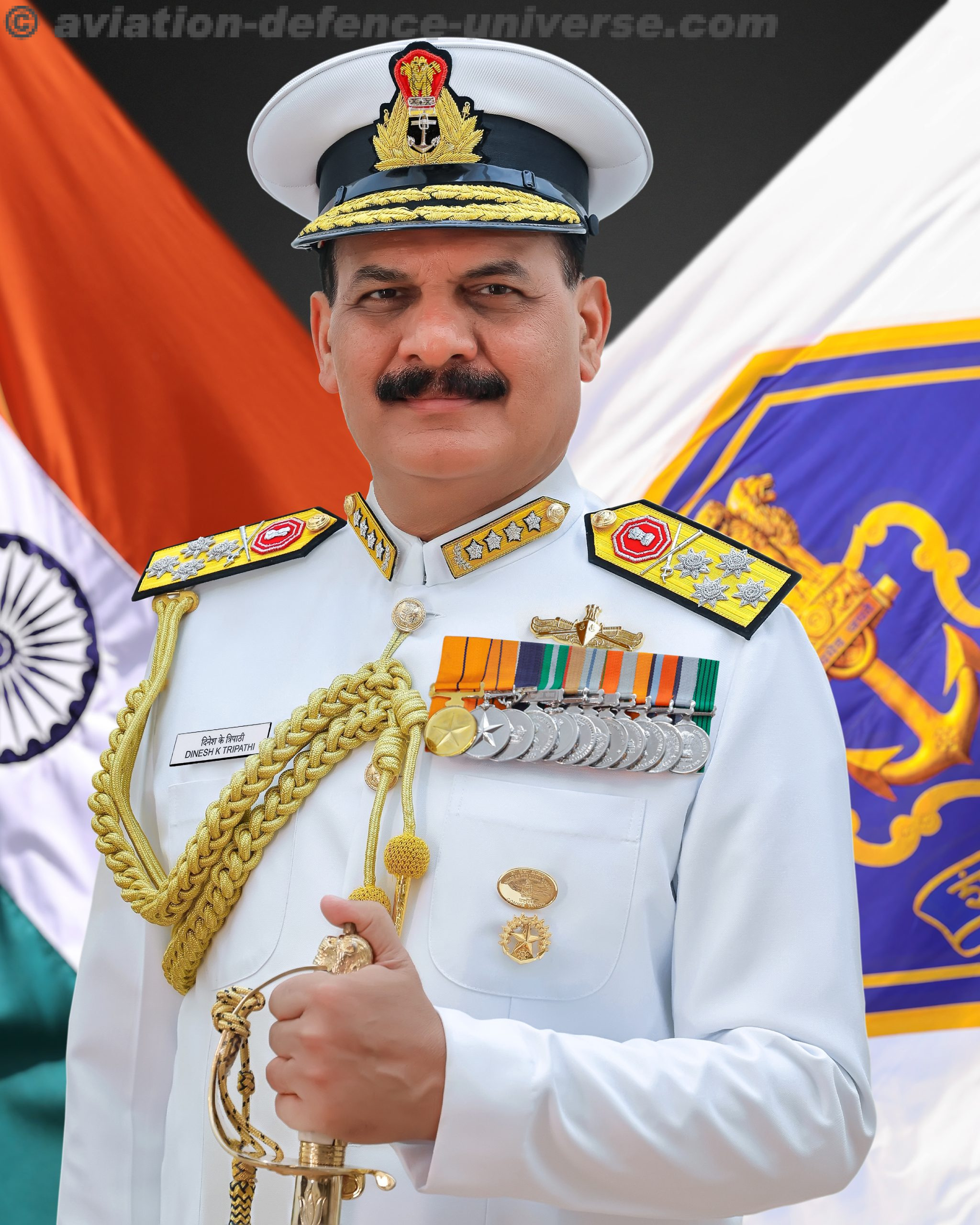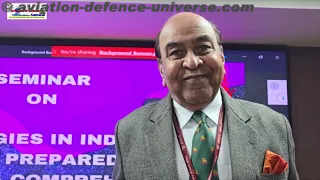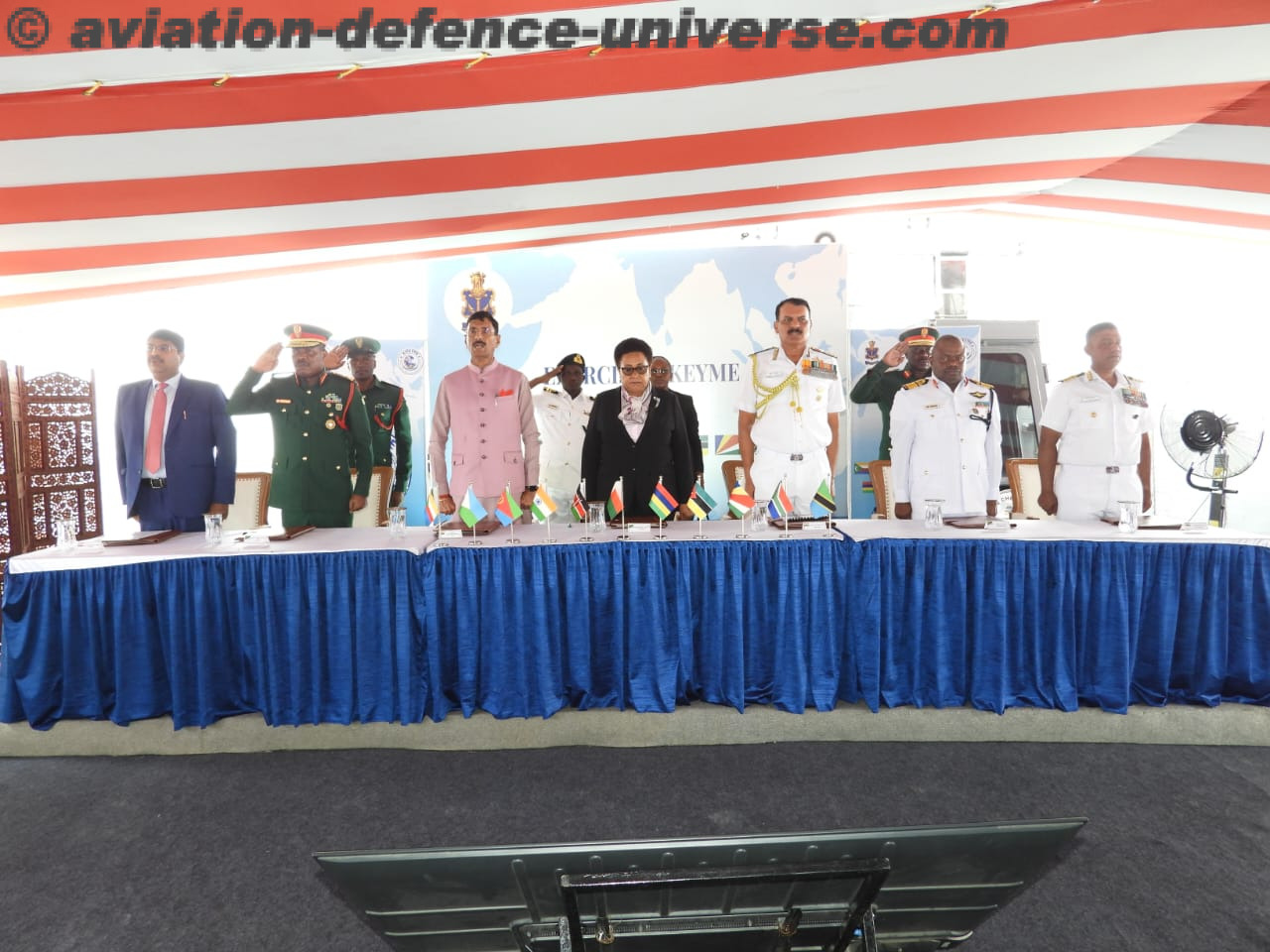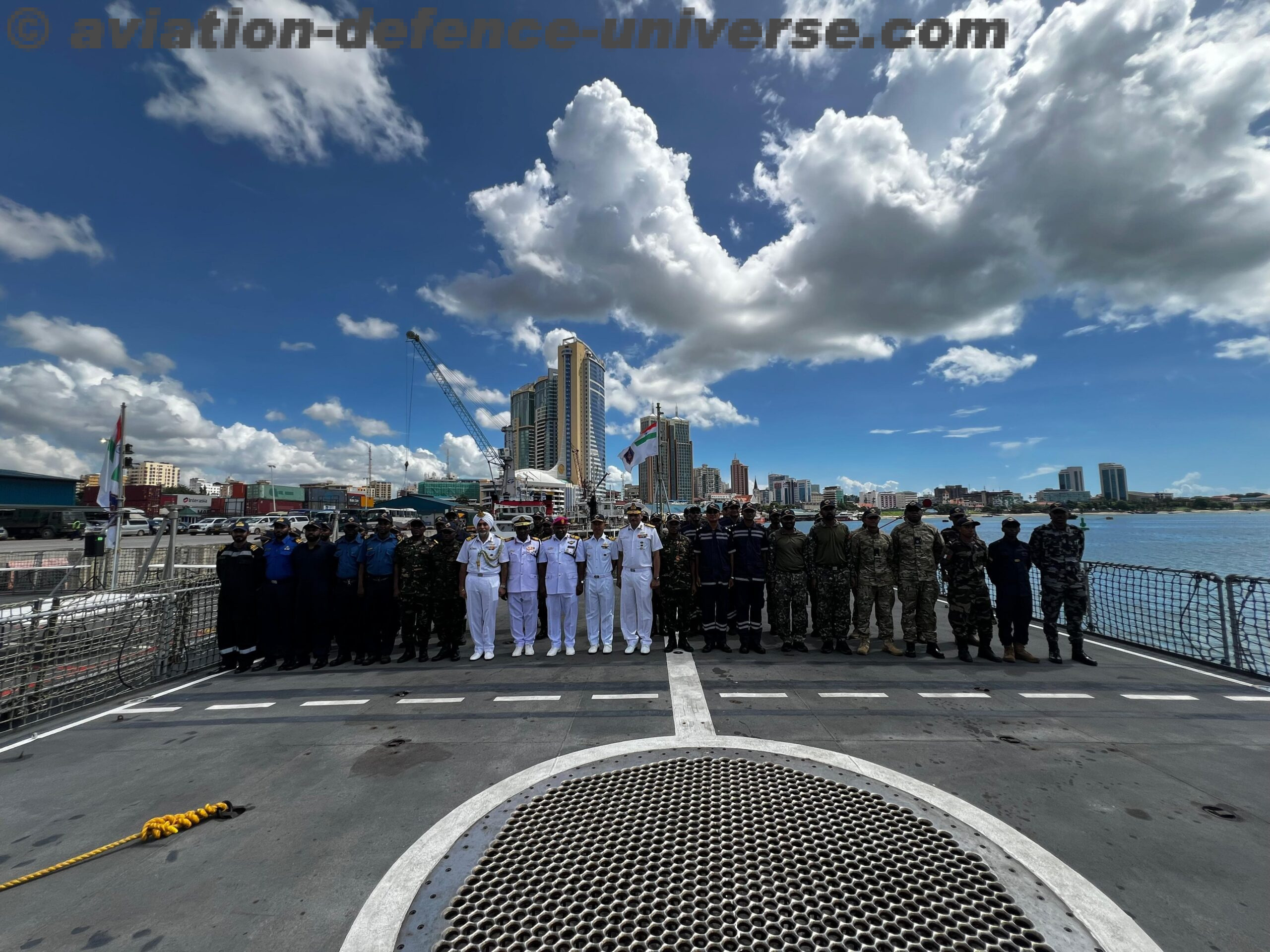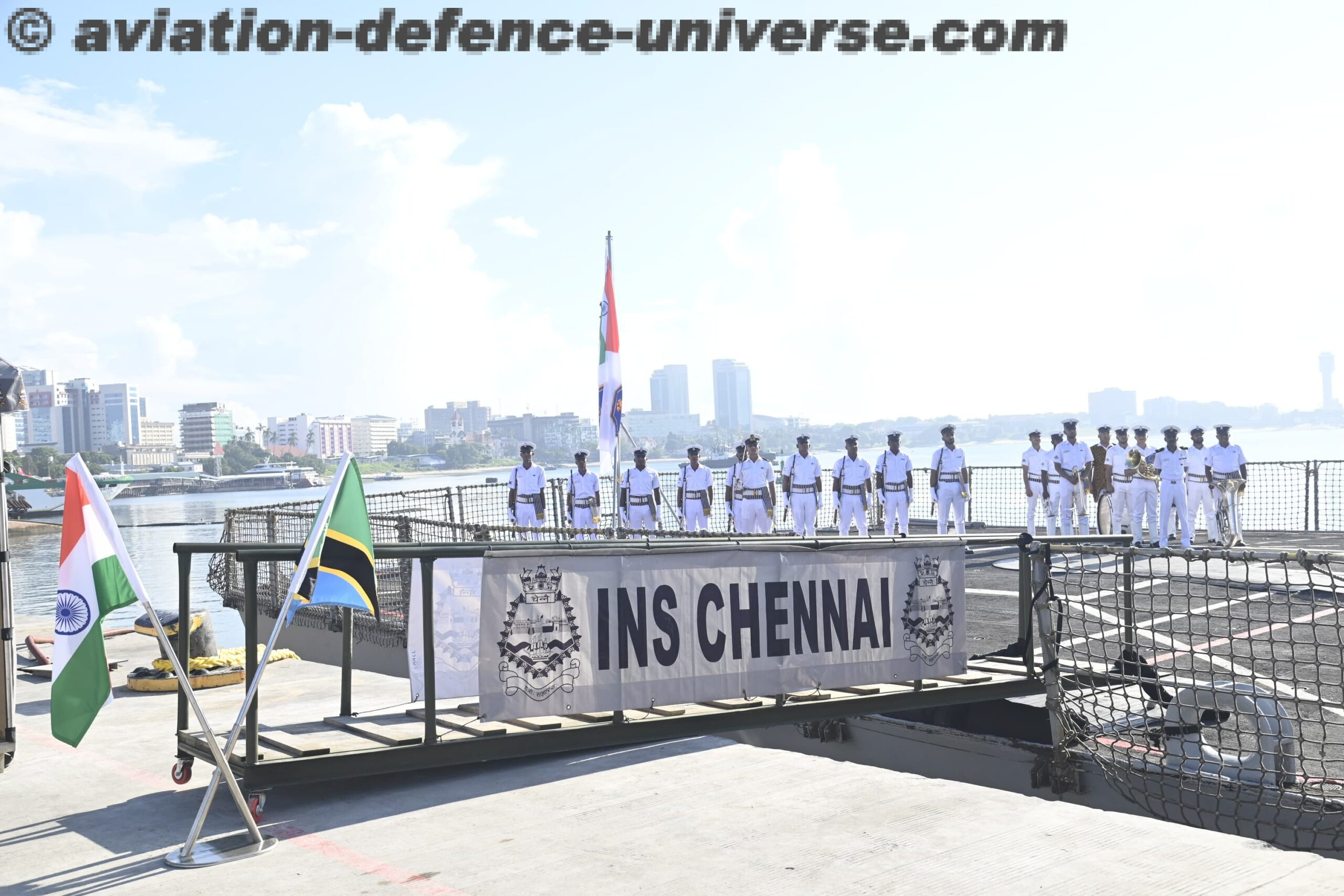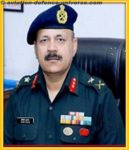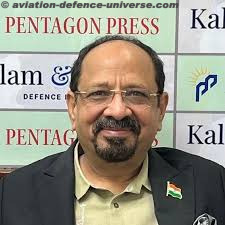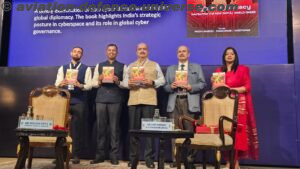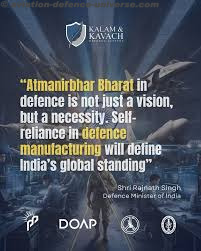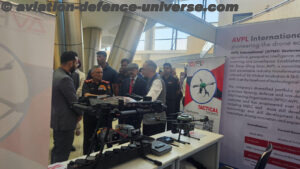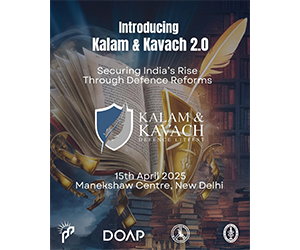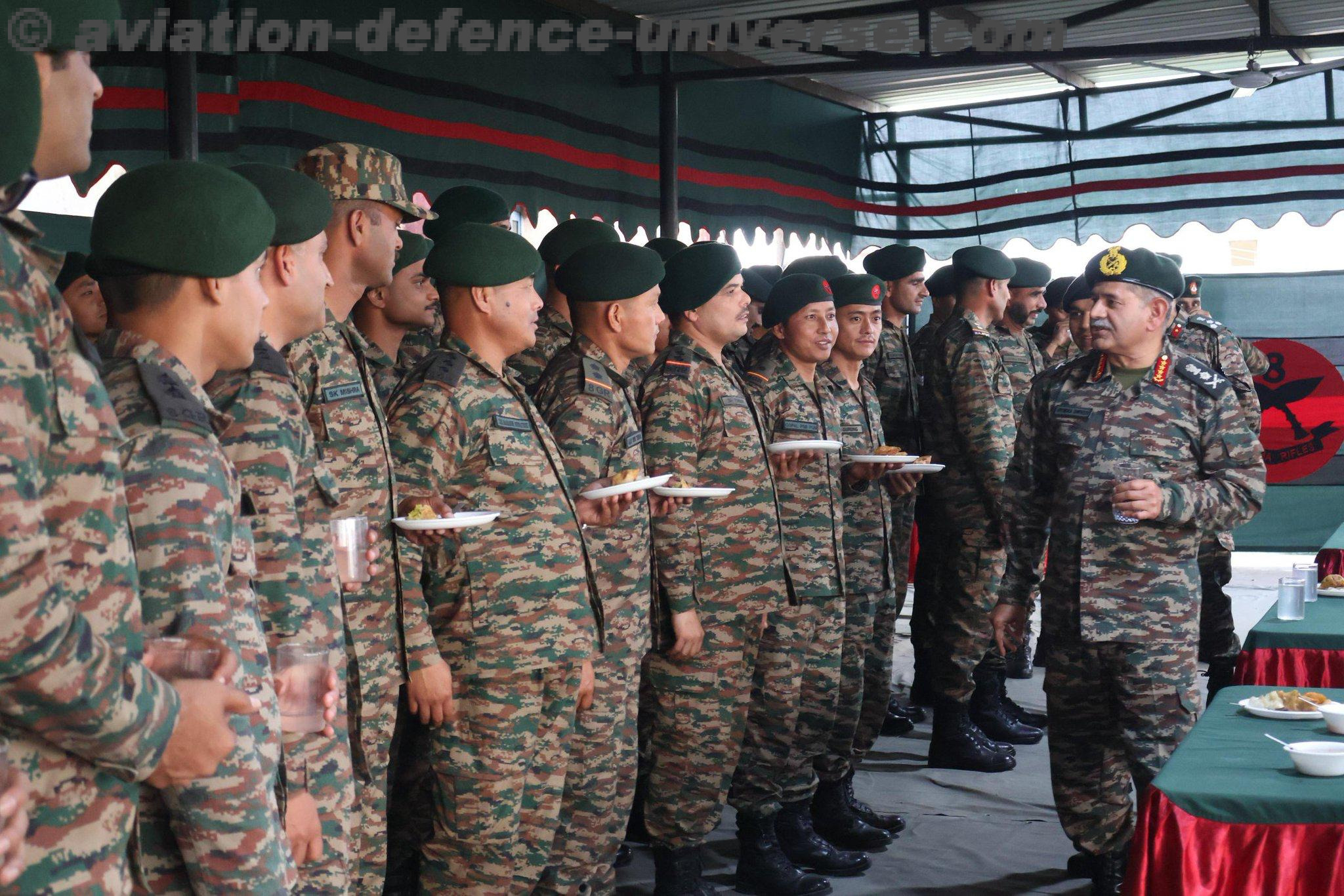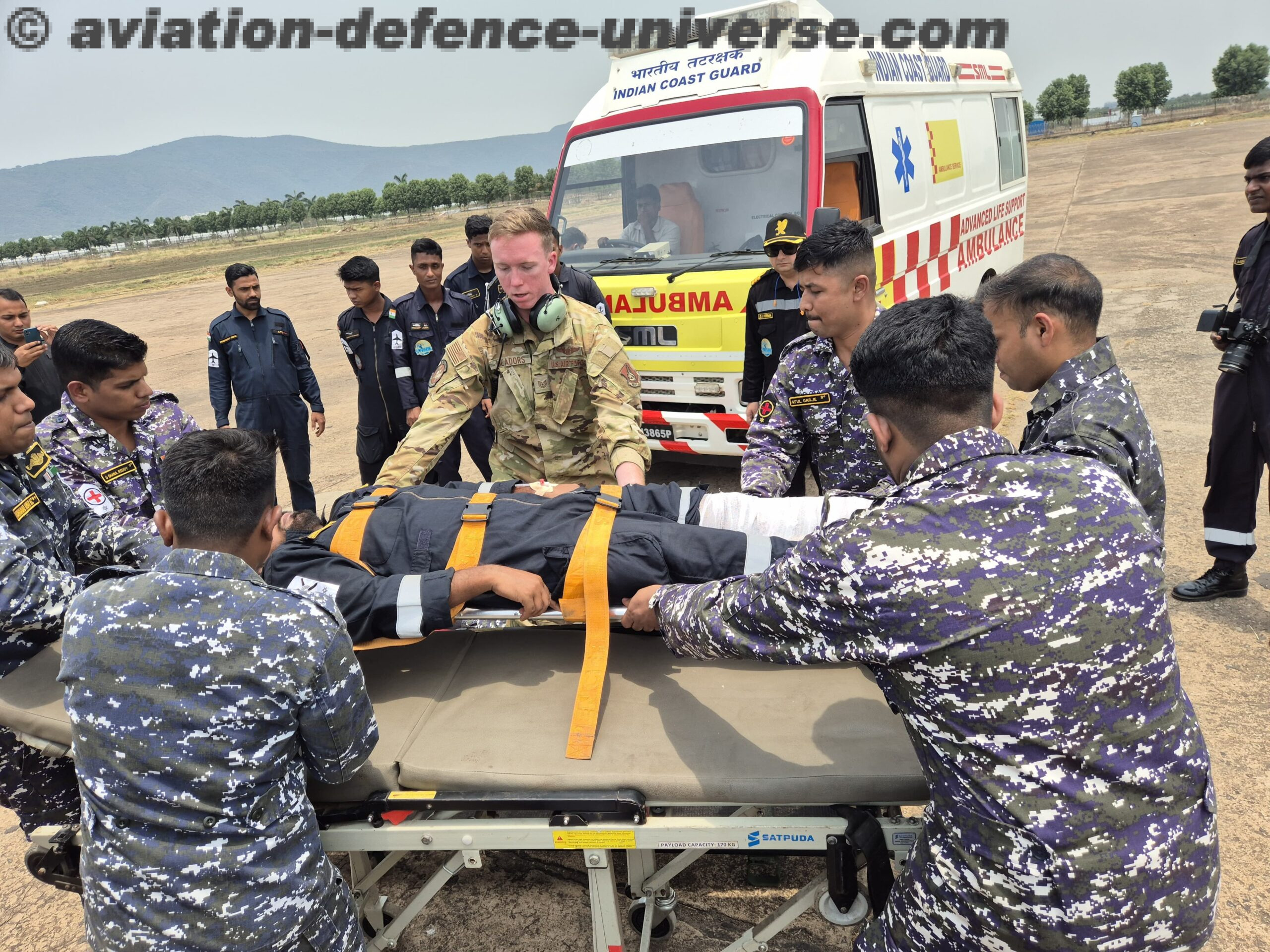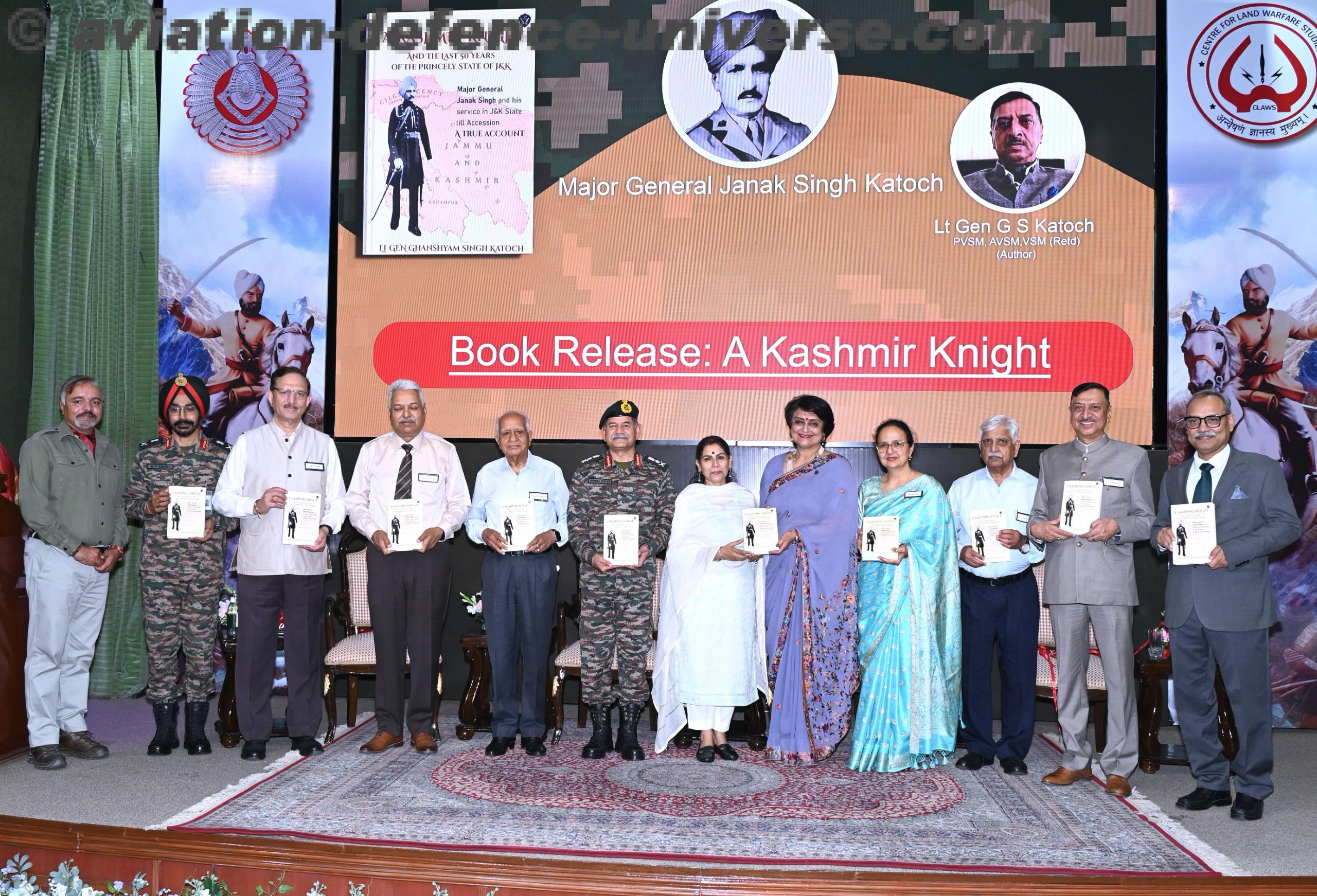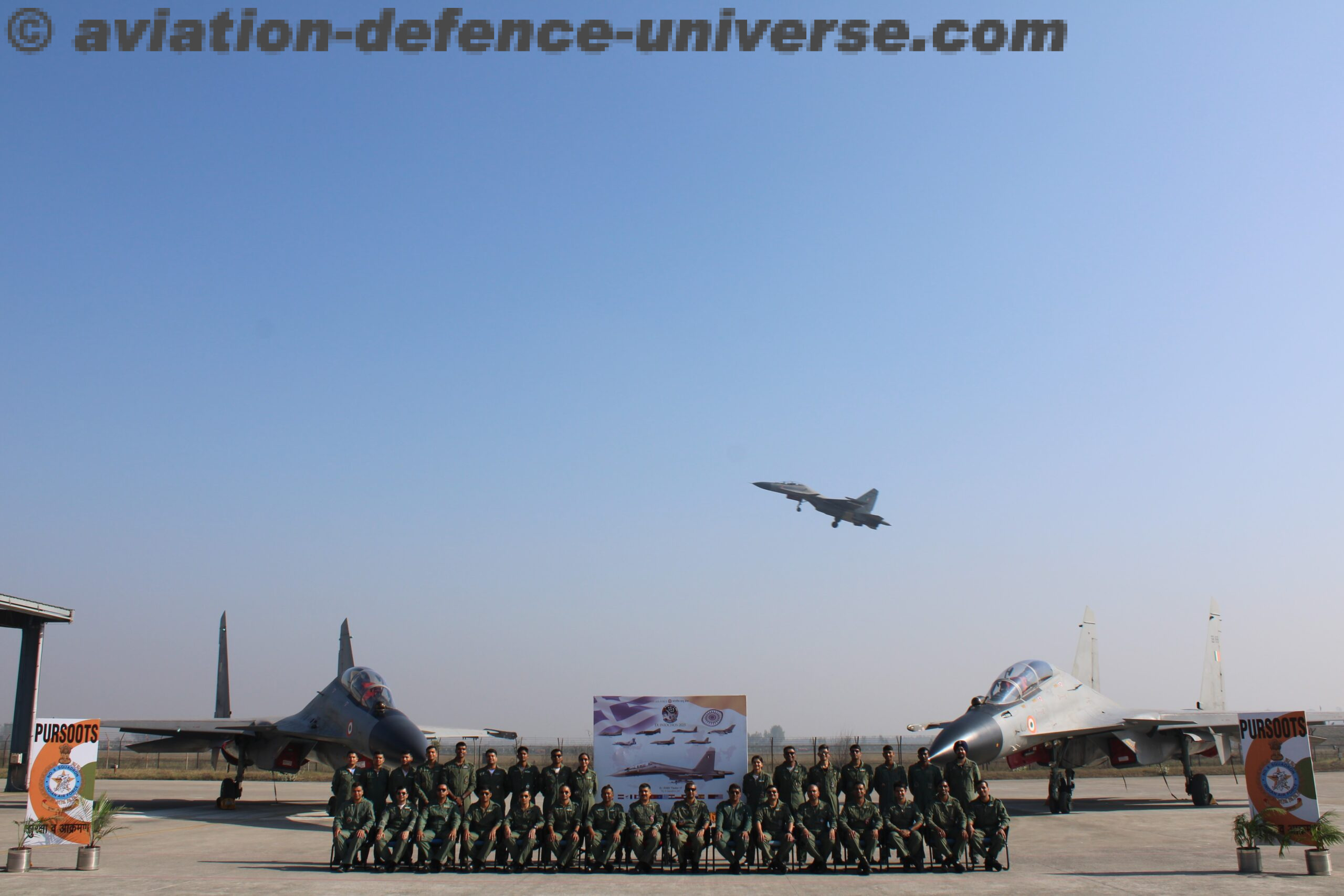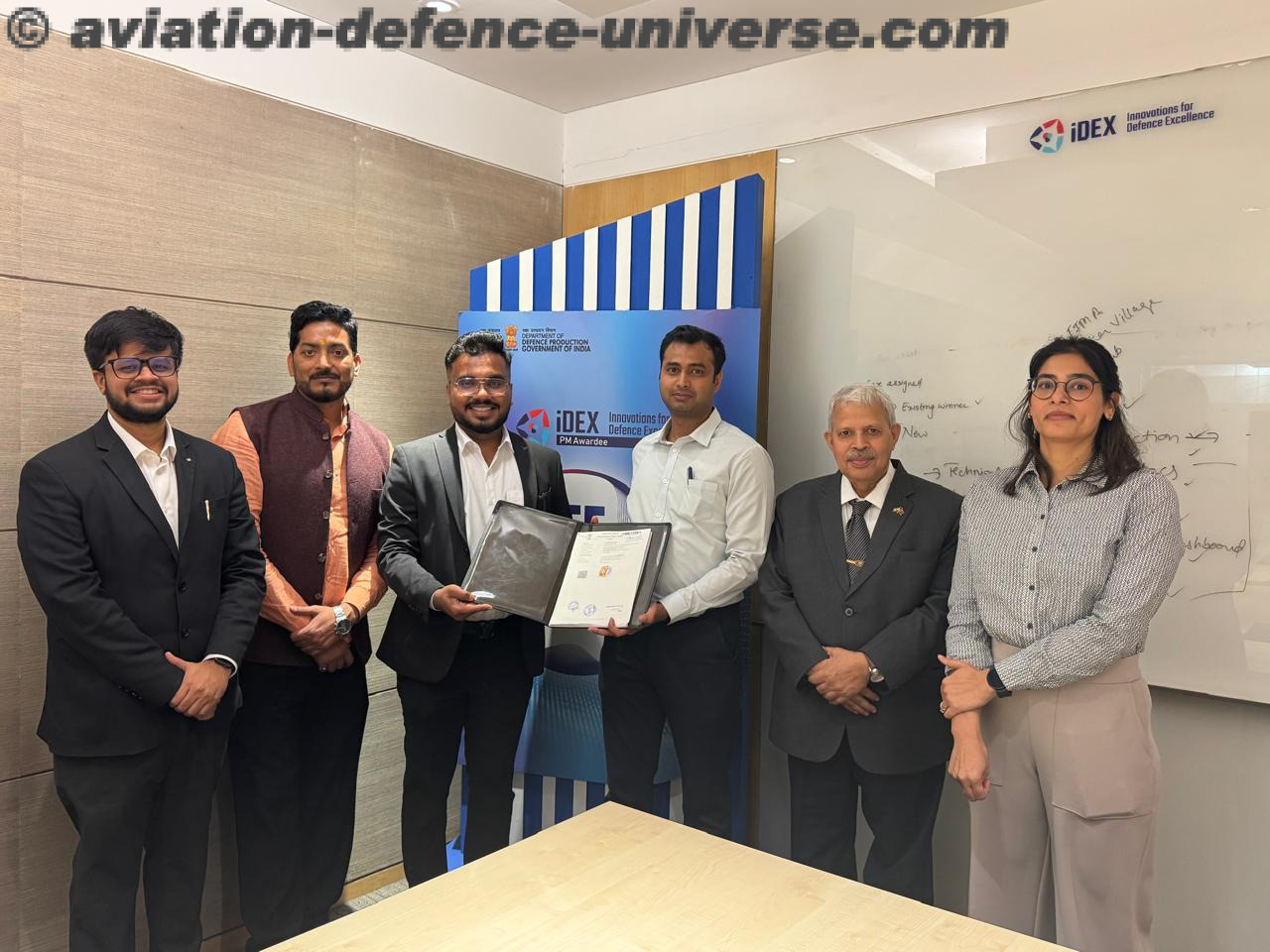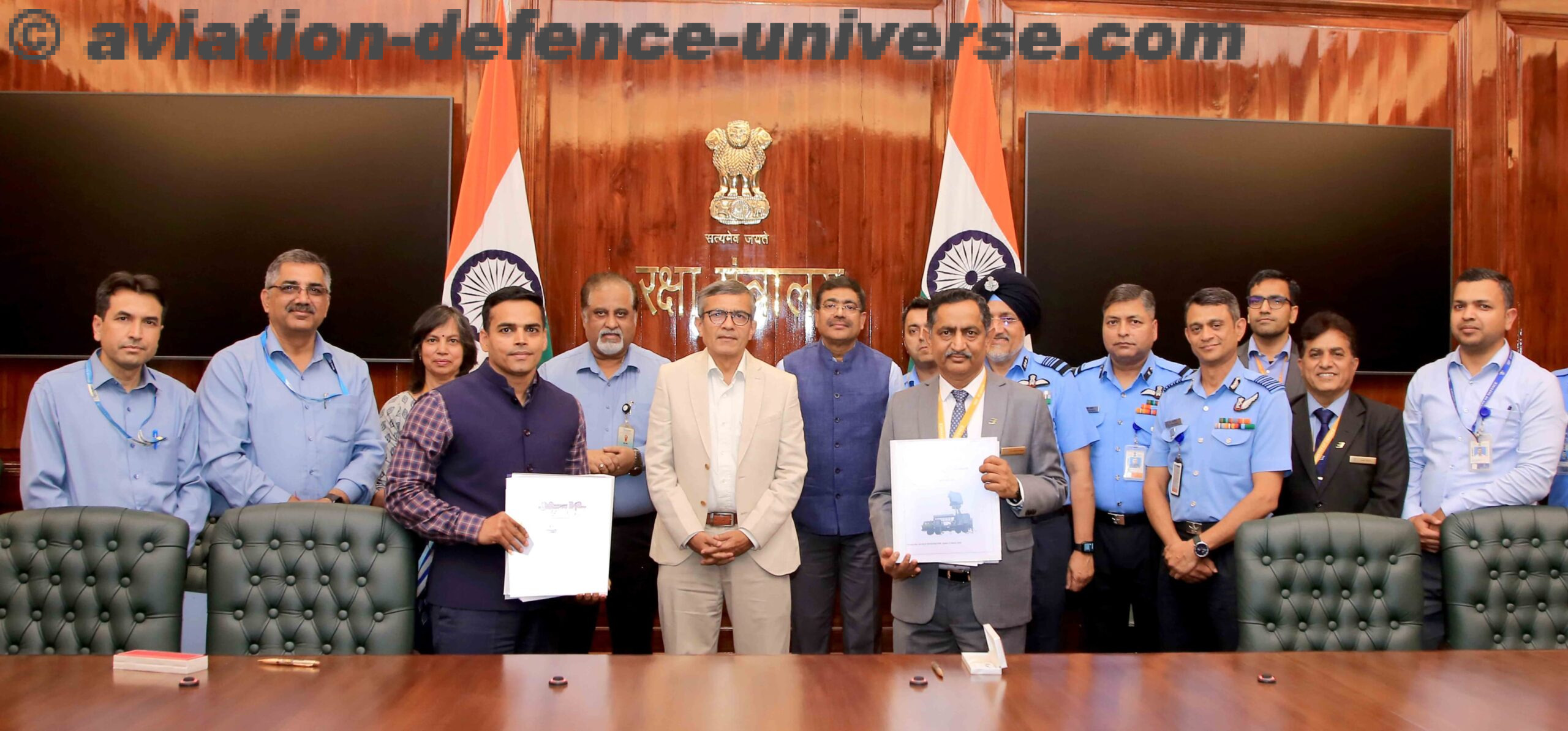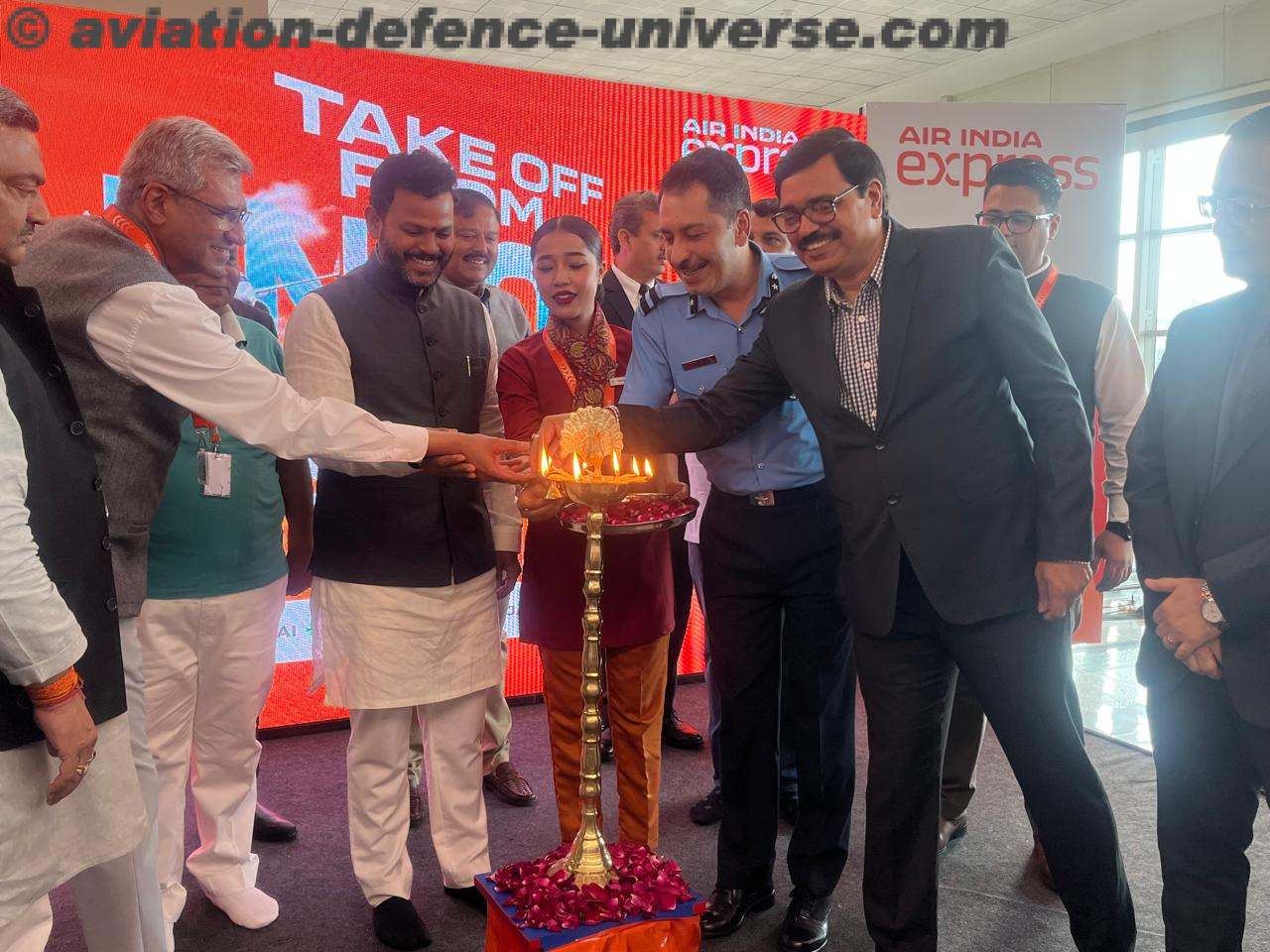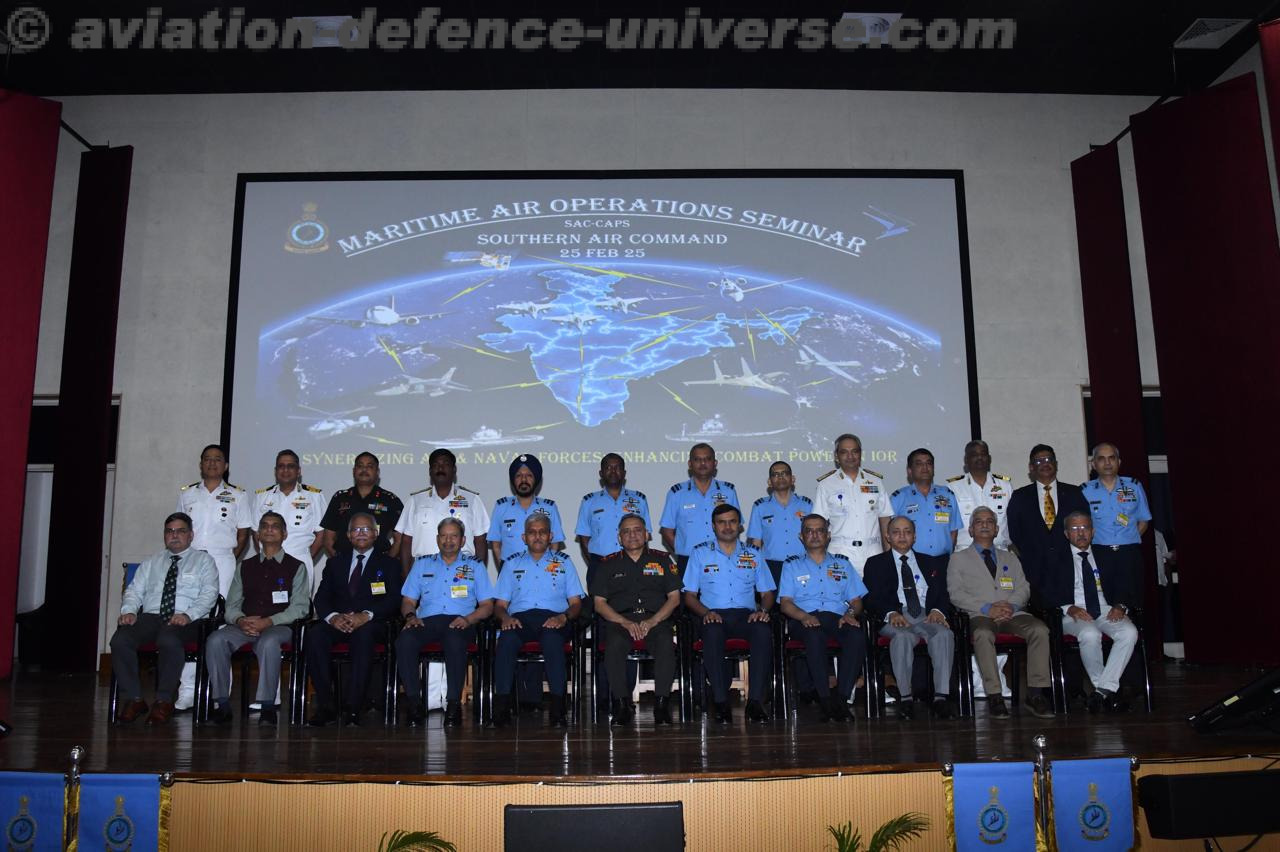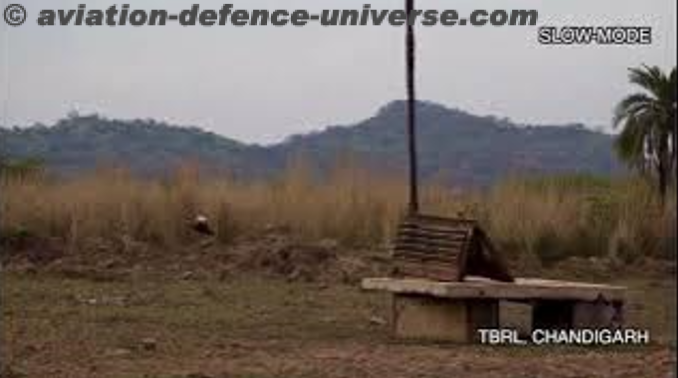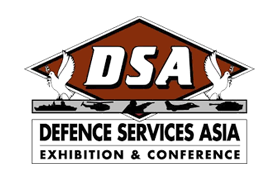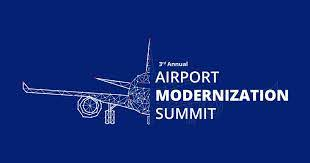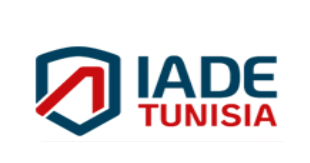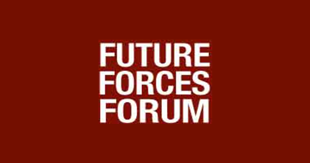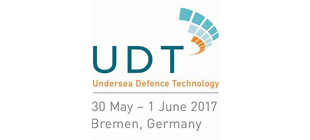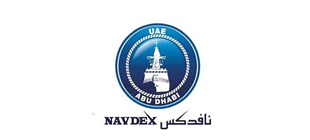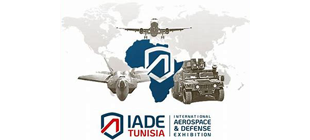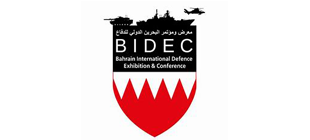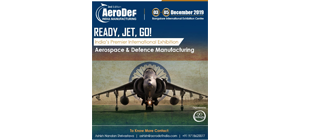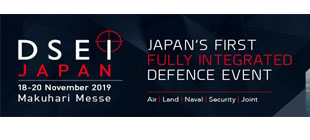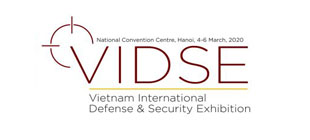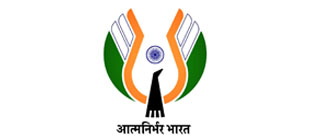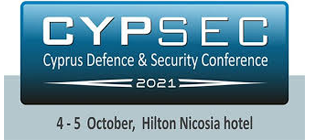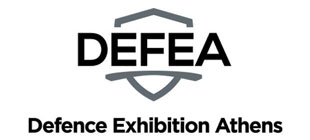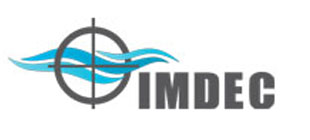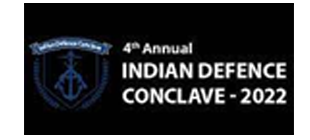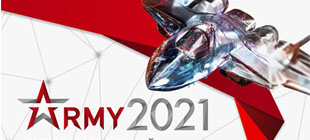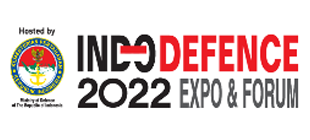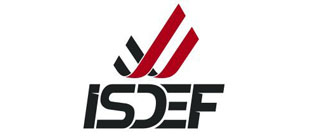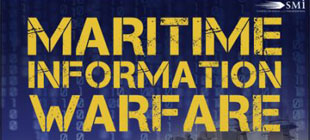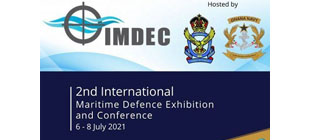- Kalam & Kavach 2.0 brainstorms modern warfare
- Doctrine to Deployment: India’s Joint Warfare Vision
By Sangeeta Saxena
New Delhi. 15 April 2025. As India enters the ‘Year of Defence Reforms’ in 2025, the nation’s strategic vision is rapidly evolving to meet new geopolitical realities, technological advancements, and emerging domains of warfare. In this exclusive interview, Major General (Dr) Ashok Kumar, VSM (Retd), Director General of the Centre for Joint Warfare Studies (CENJOWS), shares deep insights on the road ahead. From joint warfare integration and indigenous capability development to cyber-space preparedness and the importance of intellectual leadership, he outlines the key ingredients shaping India’s defence transformation. The conversation also sheds light on how the Kalam & Kawach 2.0 seminar can influence future policy direction through intellectual renaissance rooted in Indian values and modern defence imperatives.
ADU. How do you see India’s strategic vision evolving in the current geopolitical landscape?
Maj Gen Ashok Kumar. There have been major Geo-Political disruptions in the world affecting the Geo-Economics as well as defence supplies. It is therefore very essential that India nurtures its national interests to give it the capability to maintain strategic autonomy in all situations. This will be possible only after comprehensive self-reliance in all domains wherein capability indigenisation in the defence domain is the most important aspect. India is working with ‘Whole of Nation Approach’ to navigate these challenges and has strategized it well.
ADU. Given General Anil Chauhan’s insights on India’s strategic vision, what key areas should the country focus on to strengthen its military preparedness?
Maj Gen Ashok Kumar. The current CDS has given new stimuli to the India’s strategic vision. He has looked at ancient stratagems which are still relevant and has commenced their adoption with modern technologies as relevant to the country. He has highlighted the critical need to meet indigenous production requirements for our defence forces, so that we can evolve our own doctrines / policies which are suited to Indian conditions. There is no need to ape the other countries. Key focus areas include thought leadership development including use of cognitive abilities, adoption of modern niche technologies, indigenous production of our defence equipment and India specific thought process to handle our challenges.
ADU. How can joint warfare strategies be integrated into India’s overall strategic framework?
 Maj Gen Ashok Kumar. Development of joint warfare strategies is not a choice any more for India. It is an inescapable necessity for the country. It is because of this that CDS has focused on jointness and integration . Lot of work has already been done to develop the joint warfare strategies due to renewed focus by HQ IDS and all the three Services.
Maj Gen Ashok Kumar. Development of joint warfare strategies is not a choice any more for India. It is an inescapable necessity for the country. It is because of this that CDS has focused on jointness and integration . Lot of work has already been done to develop the joint warfare strategies due to renewed focus by HQ IDS and all the three Services.
ADU. What role do indigenous defence capabilities play in shaping India’s strategic vision?
Maj Gen Ashok Kumar. Development of indigenous defence capabilities is the key to shaping India’s strategic vision. It is an inescapable need for maintaining the strategic autonomy. It ensures that no country exploits us during any conflict. This also gives us the option to scale up the production as and when needed.
ADU. How do you assess the importance of international defence collaborations in India’s long-term strategic planning?
Maj Gen Ashok Kumar. While we are working hard to achieve full indigenisation, however, we need advanced technologies in certain fields so that we can achieve state of art production capabilities. International Cooperation is very critical as on one hand, it can help in infusing the latest technologies while on the other hand it can offer an export market which is our focus area.
ADU. The MoD declared 2025 as the Year of Defence Reforms—how do you think these reforms have impacted India’s military operational capabilities?
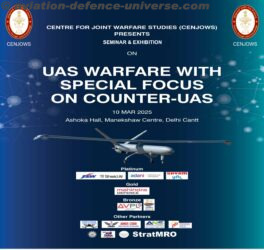 Maj Gen Ashok Kumar. In fact, based on the need of defence reforms, MoD has declared the current year as ‘Year of Defence Reforms’. We are in the fourth month of year of defence reforms which has identified nine focus areas. These reforms will help to develop own equipment & other war like stores in the country itself. This will result in the major changes in our war fighting capabilities besides assisting us to become a global power on the world stage.
Maj Gen Ashok Kumar. In fact, based on the need of defence reforms, MoD has declared the current year as ‘Year of Defence Reforms’. We are in the fourth month of year of defence reforms which has identified nine focus areas. These reforms will help to develop own equipment & other war like stores in the country itself. This will result in the major changes in our war fighting capabilities besides assisting us to become a global power on the world stage.
ADU. What, in your opinion, have been the most significant defence reforms implemented in the last year?
Maj Gen Ashok Kumar. There have been multiple defence reforms in the last year. Some of notable & focused areas of defence reforms last year have been as under-
- Focus on jointness & integration.
- Enabling work to move on the path of theaterisation.
- Indigenisation of defence products.
- Focus on defence exports.
- Adoption of Niche technologies.
- Integration of all stake holders for the nation building.
ADU. What additional reforms do you think are necessary to enhance joint warfare capabilities in India?
Maj Gen Ashok Kumar. Reforms are an ongoing process. We need to focus on our needs in the ‘mission mode’ as conventional approach will not meet our requirements. The ‘product’ has to be given more importance than the ‘process’. We need to adopt out of box innovative solutions besides bringing all the stake holders ‘on board’.
ADU. How is technology shaping the defence reforms India is undertaking?
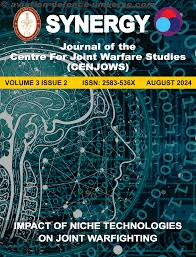 Maj Gen Ashok Kumar. Niche technologies are shaping the war fighting the world over. Even relatively weaker nations are capable of confronting so called stronger nations by using technological solutions. Indian armed forces have also been working in this field in a big way wherein new structures & labs have been created besides leveraging the academic institutions like IITs etc.
Maj Gen Ashok Kumar. Niche technologies are shaping the war fighting the world over. Even relatively weaker nations are capable of confronting so called stronger nations by using technological solutions. Indian armed forces have also been working in this field in a big way wherein new structures & labs have been created besides leveraging the academic institutions like IITs etc.
ADU. What challenges do you foresee in implementing future defence reforms, and how can they be mitigated?
Maj Gen Ashok Kumar. Future defence forces will need to be integrated in a manner that they are able to optimize their strengths and minimise their inadequacies. A large degree of coordination & acceptance is needed to make that happen. It is good that all the three services are ‘on board’ on this issue.
ADU. How does the Centre for Joint Warfare Studies contribute to helping shape India’s defence reforms and strategic vision?
Maj Gen Ashok Kumar. As the current focus of the defence forces is on jointness, integration & theaterisation, CENJOWS has assumed larger responsibilities towards these issues as they are part of core domain of CENJOWS. CENJOWS is also generating doctrinal & policy inputs towards these as well as many other aspects.
ADU. How can India better integrate joint warfare principles across its three armed forces?
 Maj Gen Ashok Kumar. There are large No of subjects where common approach needs to be developed. These have been identified & most off these areas have been worked upon. There are large No of areas where integrated approach has already fructified. More & more such areas are likely to be integrated in this year.
Maj Gen Ashok Kumar. There are large No of subjects where common approach needs to be developed. These have been identified & most off these areas have been worked upon. There are large No of areas where integrated approach has already fructified. More & more such areas are likely to be integrated in this year.
ADU. What role does cyber and space warfare play in India’s joint warfare strategy?
Maj Gen Ashok Kumar. Cyber warfare & space warfare play a critical role in joint war fighting as these affect the operations of all the three services besides being of substantial utility both during war & peace. Requisite focus is being given to both these fields as future war fighting cannot be thought of without incorporating these facets.
ADU. How do you see India’s defence strategy evolving in the next decade to counter emerging threats?
Maj Gen Ashok Kumar. It will be based on indigenous weapon systems, indigenous war like stores, Indian doctrines & concepts. This will be capable of preserving strategic autonomy, able to preserve national interests & be friendly to large No of countries.
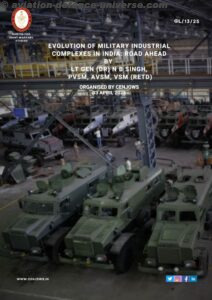 ADU. What are the key takeaways from the Kalam and Kavach seminar that you believe should be prioritized in future defence policies?
ADU. What are the key takeaways from the Kalam and Kavach seminar that you believe should be prioritized in future defence policies?
Maj Gen Ashok Kumar. Kalam & Kavach 2.0 is focussed on ‘Year of Defence Reforms’. The deliberations will set stage for effective policy formulations & a stepping stone for building our defence forces capable of preserving our national interests under all circumstances. It will reignite the need of developing intellectual abilities as a critical component of successful war fighting. It will bring back the golden era of Mauryan empire where Kalam of Chanakya and Kavach of Mauryan kings created the biggest empire of indigenous Indians.
Major General (Dr) Ashok Kumar’s perspectives reflect a decisive and informed roadmap for India’s military evolution—one that embraces indigenous innovation, jointness, cognitive warfare, and strategic autonomy. As the Armed Forces prepare for multi-domain operations, the synergy between policy, technology, and doctrine will determine how effectively India can safeguard its interests. With institutions like CENJOWS playing a pivotal role and initiatives like Kalam & Kavach 2.0 stimulating strategic discourse, India’s defence future is being thoughtfully crafted—not just for the battlefield, but for sustained global leadership in security and innovation.
As told to Sangeeta Saxena


